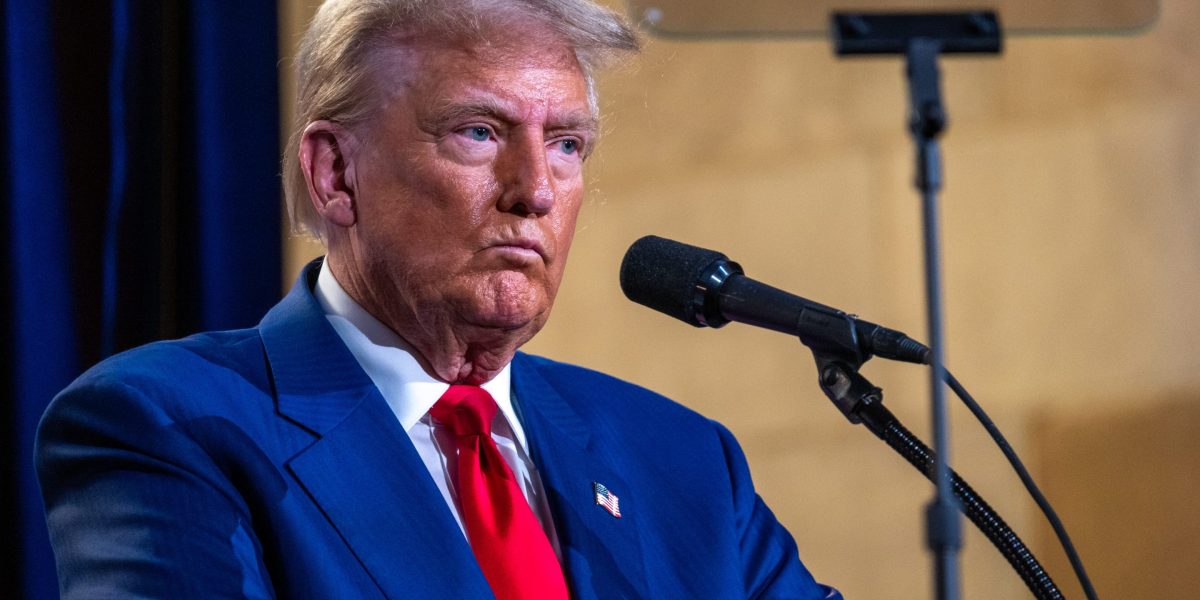The presidential race between former President Donald Trump and Vice President Kamala Harris looks like a seesaw. Just as one candidate approaches a tipping point in the polls, the balance shifts and the other overtakes them.
As Harris and Trump teeter between frontrunner and underdog on a regular basis, one thing remains clear: The race is extraordinarily tight. That wasn’t always the case, though. When President Joe Biden was still in the race, Trump seemed to be cruising to victory. Then the sitting president decided to drop out. Harris took Biden’s place in mid-July, and closed the polling gap with Trump before finally overtaking him in August.
Harris’ lead, while narrowing recently, remains intact, including in the critical swing state of Georgia, which Goldman’s analysts consider the tipping-point state that will decide the election, according to a research note released Tuesday.
But as has been the case throughout this election, no lead is certain, and that even the slightest fluctuation in the finest of margins merit being closely watched.
“After Harris surged in August, Trump appears to be making slight gains nationally and in the tipping-point state in September,” wrote Goldman analysts Alec Phillips and Tim Krupa.
The tipping-point state refers to Georgia with its 16 electoral votes. The bank’s estimates currently have Pennsylvania’s 19 electoral votes going to Harris and North Carolina’s 16 going to Trump. But Georgia is the critical state under Goldman’s assumptions because if Harris were to win the state, she would surpass the 270 electoral-vote threshold even without winning Pennsylvania, while the Trump campaign would have to win both states to win the election. In other words, Goldman believes Harris can become president by winning either Georgia or Pennsylvania, while Trump would need both to win the White House.
But Harris’ current lead in Georgia is far from cemented—and all the swing states remain extremely close, according to Phillips and Krupa.
“Since swing state polling averages shifted substantially in August, it has been less clear which of the swing states is most likely to deliver the winning electoral vote, as seven states worth a combined 100 electoral votes are now within roughly 2 percentage points of even,” they wrote.
However, prediction markets tell a different story. Data from prediction markets—which measure betting activity, rather than surveying voters—that showed Trump narrowly pulling ahead for the first time since July, according to Goldman’s note.
While all the polls show a tight race nationally, some have different results in certain swing states than Goldman. The latest New York Times/Siena poll released Monday similarly found that Trump was clawing back the lead he lost this summer, but had Harris ahead in swing states Georgia and North Carolina. Polling guru Nate Silver had Trump edging out Harris in Georgia by just 0.2% of the vote.
While the outcome of the presidential race remains a toss-up, congressional races are far less uncertain. Goldman’s analysis of prediction markets shows a 74% chance that Republicans win control of the Senate, while Democrats have a 62% chance of winning back control of the Senate. All that makes for an election outcome where the most likely scenario based on the market-implied odds is for Republicans to sweep the election with control of both the Senate and the White House.


